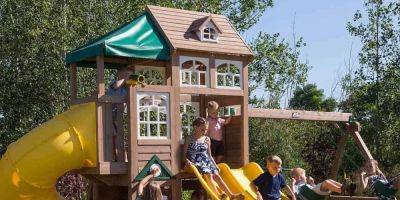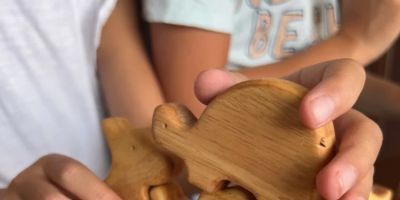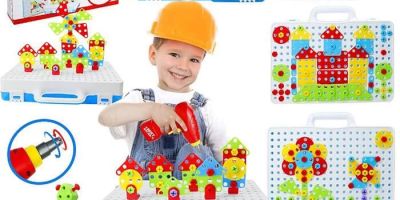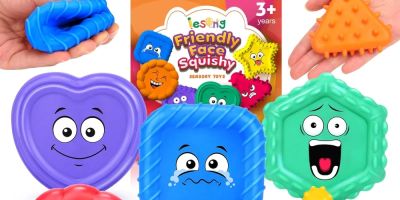- 1-understanding-toy-safety-regulations
- 2-key-guidelines-to-ensure-toy-safety
- 3-the-impact-of-toy-safety-standards-on-children
- 4-real-world-cases-highlight-the-importance-of-toy-safety
- 5-where-to-find-safe-and-compliant-toys
1. Understanding Toy Safety Regulations
Toy safety regulations are established rules and standards designed to protect children from potential hazards associated with toys. These regulations vary by country but share the common goal of minimizing risks such as choking, toxic exposure, and mechanical injuries. Compliance with toy safety regulations is mandatory for manufacturers and sellers to ensure that toys on the market meet strict safety criteria.
For example, in the United States, the Consumer Product Safety Commission (CPSC) enforces standards such as ASTM F963, which outlines requirements for materials, construction, and labeling. Meanwhile, the European Union follows the EN71 standards, covering aspects like chemical content and physical properties.
1.1 How Regulations Shape Toy Manufacturing
Manufacturers must test toys rigorously for hazards, including small parts that could cause choking or sharp edges that might injure children. These safety rules guide the entire production process from design to packaging.
1.2 Key Legal Requirements
Legal requirements include mandatory warning labels, age recommendations, and adherence to toxic substance limits. Understanding these is essential for brands to avoid recalls and legal consequences.
2. Key Guidelines to Ensure Toy Safety
Beyond regulations, practical guidelines help parents and caregivers choose safe toys and ensure proper usage. The guidelines emphasize checking for age-appropriate toys, supervising playtime, and inspecting toys regularly for wear and tear.
Experts recommend avoiding toys with small detachable parts for children under three, selecting non-toxic materials, and teaching children about safe play habits.
2.1 Age Appropriateness and Toy Selection
Age guidelines on toy packaging help prevent risks related to developmental stages. For instance, infants require soft, large toys without choking hazards, while older children may safely handle more complex toys.
2.2 Maintaining Toy Safety at Home
Regular cleaning and inspection prevent accidents caused by broken or dirty toys. Parents should discard damaged toys promptly and educate children on safe play.
3. The Impact of Toy Safety Standards on Children
Effective toy safety standards protect children from injuries and promote healthy development. By ensuring toys meet safety benchmarks, these standards reduce hospital visits and create safer play environments.
Moreover, safety standards encourage innovation in the toy industry, pushing manufacturers to develop safer materials and smarter designs.
3.1 Reducing Injury Risks
Compliance with toy safety regulations has dramatically lowered incidents of choking, poisoning, and cuts, particularly among younger children who are more vulnerable.
3.2 Supporting Child Development
Safe toys contribute positively to cognitive and motor skills without compromising wellbeing, offering parents peace of mind.
4. Real-World Cases Highlight the Importance of Toy Safety
In 2019, a major recall of a popular children’s toy due to choking hazards drew widespread attention to the importance of adhering to toy safety regulations. Several incidents reported injuries from small parts detaching during play, which could have been prevented with stricter compliance and quality checks.
Stories like these remind caregivers and manufacturers alike of the critical role toy safety guidelines play in everyday life. They underscore the need for vigilance in both production and purchase decisions.
4.1 Learning from Past Incidents
Analysis of toy-related injuries reveals patterns that inform updated regulations and public awareness campaigns.
4.2 Building Trust Through Transparency
Brands that prioritize safety and communicate openly with consumers foster lasting trust and customer loyalty.
5. Where to Find Safe and Compliant Toys
Parents seeking reliable, safe toys can turn to trusted sources like Knight Toys. This platform curates toys that comply with international safety standards, ensuring quality and peace of mind.
Choosing toys from verified retailers reduces the risk of unsafe products and supports companies committed to children’s wellbeing. Knight Toys also offers expert guidance on selecting age-appropriate and safe toys, making it easier for caregivers to make informed choices.
Investing in toys that meet stringent safety regulations safeguards children’s health and nurtures joyful, worry-free play.





